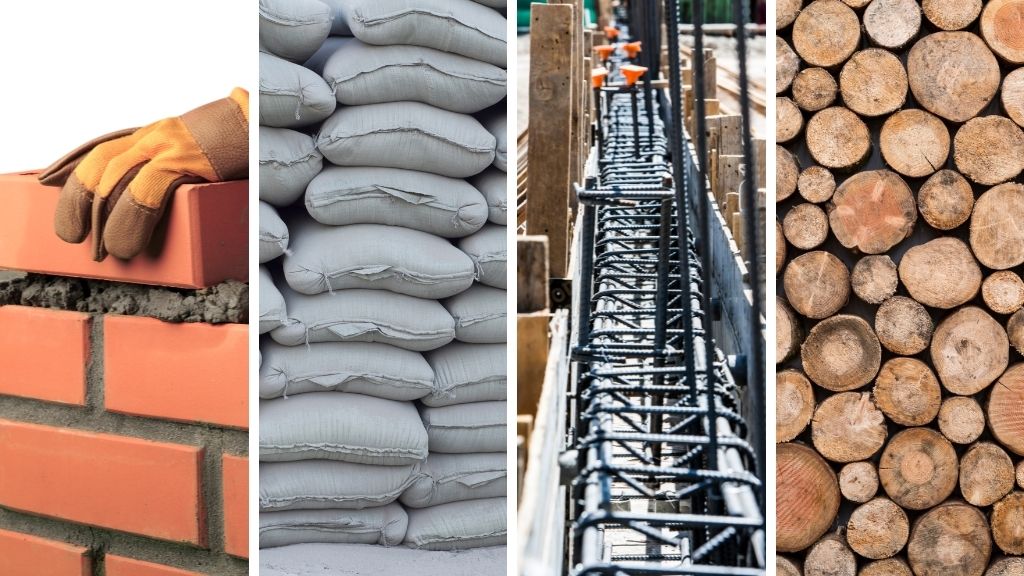When it comes to building, choosing the right materials is crucial for ensuring the longevity, safety, and sustainability of the structure. With so many options available, it can be overwhelming to determine which materials are best for your project. In this comprehensive guide, we will explore the top materials for building and their unique properties, advantages, and disadvantages.
- Concrete
Concrete is a popular building material due to its durability, strength, and fire resistance. It is made by mixing cement, water, and aggregates such as sand, gravel, or crushed stone. Concrete can be molded into various shapes and sizes, making it versatile for different construction projects. However, it is heavy and requires a lot of energy to produce, which can contribute to carbon emissions. - Steel
Steel is another durable and strong material commonly used in building construction. It is made from iron and carbon and can withstand high winds, earthquakes, and fire. Steel is also recyclable, making it a sustainable option. However, it is expensive and requires specialized labor and equipment for installation. - Wood
Wood is a renewable and natural material that has been used in building for centuries. It is lightweight, easy to work with, and has good insulation properties. However, it is susceptible to rot, pests, and fire, and requires regular maintenance to prevent decay. - Brick
Brick is a traditional building material that is known for its durability, fire resistance, and aesthetic appeal. It is made from clay or concrete and can last for centuries with proper maintenance. However, it is heavy and requires skilled labor for installation. - Glass
Glass is a versatile material that can be used for windows, doors, and facades. It allows natural light to enter the building and provides insulation. However, it is fragile and can break easily, and requires special coatings to prevent heat loss. - Sustainable Materials
Sustainable materials such as bamboo, straw bale, and rammed earth are gaining popularity in building construction due to their low environmental impact and renewable properties. These materials are often locally sourced and require less energy to produce. However, they may not be suitable for all building types and require specialized knowledge for installation.
In conclusion, choosing the right materials for building depends on various factors such as the location, climate, budget, and sustainability goals. Each material has its unique properties and advantages, and it is important to weigh the pros and cons before making a decision. By considering these factors, you can ensure that your building is safe, durable, and sustainable for years to come.
